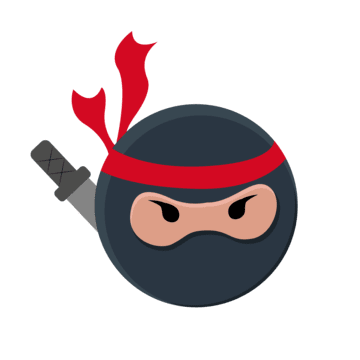The OrcSlaughter Saga: A Victory for Baby Steps
From a simple sprite loader to a full-blown horde survival game, the journey of creating OrcSlaughter.com was a testament to a simple, powerful idea: Baby Steps™. It's a philosophy I've been embracing in my work, and this project became the ultimate case study for why it's so effective. It's not about moving slowly; it's about moving deliberately.
From Zero to... a Single Sprite
The project didn't start with a grand vision of a game. It started with a question: "Can I parse an .aseprite file in Go?" That was the first baby step. I wasn't thinking about gameplay, sound effects, or deployment. I was focused on one, tiny, achievable goal. The result was a custom parser that could read a sprite file. That's it. No game, just data.
But that small victory was the foundation for everything that followed.
One Step at a Time
With the parser working, the next logical step was to render that sprite on screen. Then, to animate it. Each step was a self-contained challenge:
- Render a Static Sprite: Get the parsed image onto the screen.
- Implement Animation: Read the animation tags and cycle through the frames.
- Add Movement: Make the character move left and right.
- Introduce Combat: Trigger an attack animation with a keypress.
At no point was I trying to build the whole game at once. I was just trying to solve the very next problem in front of me. This incremental approach kept the cognitive load low and the momentum high. I was always making progress, and because each step was so small, it was easy to validate that it worked perfectly before moving on.
The Power of a Plan
As the project grew, the "Baby Steps™" philosophy evolved from a simple coding mantra into a full-blown project management strategy. When it came time to deploy the game, we didn't just jump into it. We created a detailed, multi-phase plan:
- Phase 1: Domain and Infrastructure. Just get the domain name and the basic Terraform setup in place.
- Phase 2: Website and Game Builds. Create the static site and figure out how to package the game for Windows and macOS.
- Phase 3: CloudFront Deployment. Architect the CDN for cheap, fast, and secure delivery.
- Phase 4: Go Live. Upload the files and apply the final infrastructure changes.
By breaking the deployment into these distinct phases, we turned a daunting task into a manageable checklist. Each phase had its own set of baby steps, and we didn't move on until the current phase was rock solid.
The Process is the Product
The OrcSlaughter project reinforced a core belief of mine: the process is the product. The final game is fun, but the real value was in the journey. By taking it one step at a time, I didn't just build a game; I built a deeper understanding of game development, infrastructure, and the power of a methodical approach.
In a world that often glorifies moving fast and breaking things, OrcSlaughter stands as a quiet counterargument. It's a reminder that sometimes, the most effective way to build something great is to start with something small, and to take it one baby step at a time.
